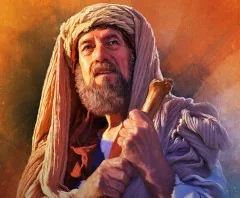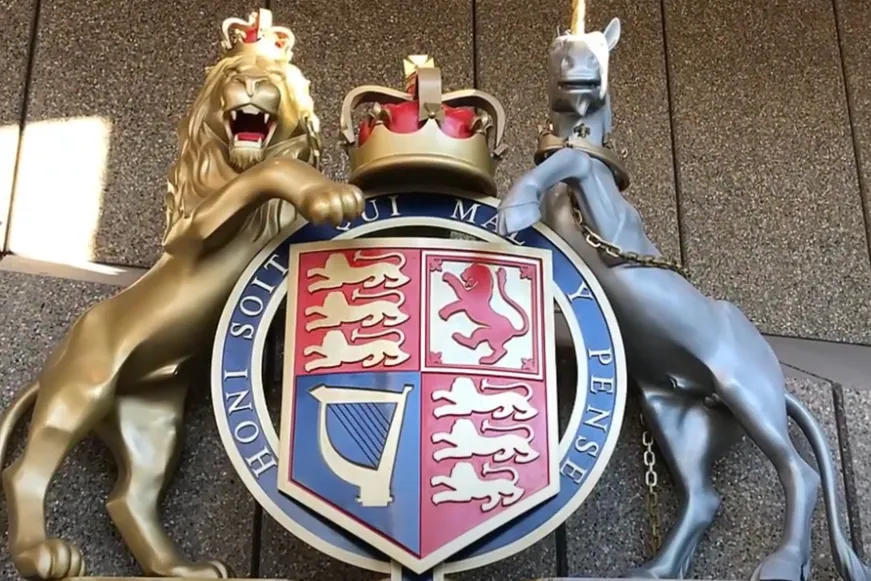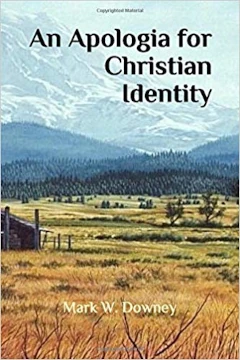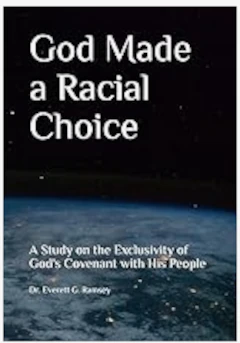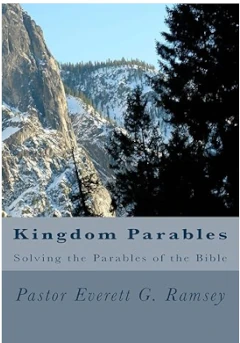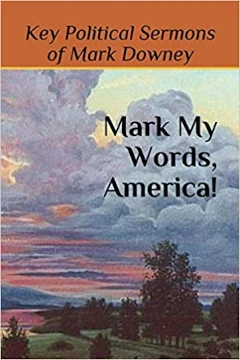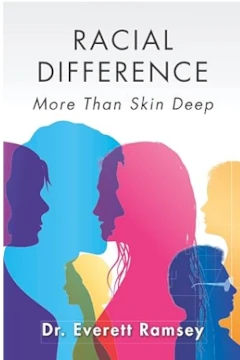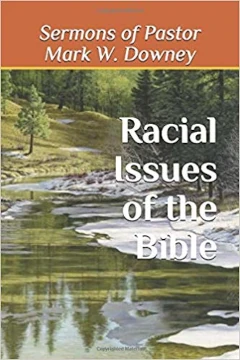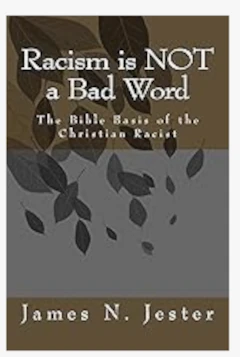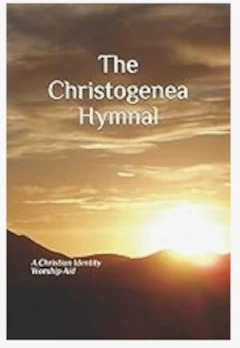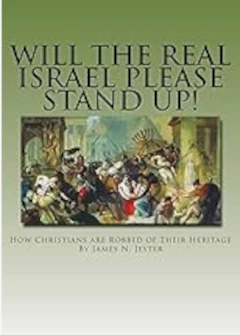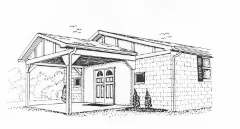The Elect Lady
By Pastor Don Elmore
The first and last verses of the short second epistle of John has caused much speculation as to the identity of the elect lady and her elect sister:
2 John 1, 13:
1) “The elder unto the elect lady and her children,…”
13) “The children of thy elect sister greet thee. Amen.”
Most scholars are in agreement that the children of the elect sister was the church at Ephesus where the Apostle John was a leader for many years in the latter part of his life. But there are many other views. For example:
One source says: “There are two categories of those who are elect, or chosen, in Scripture: those who are part of the nation of Israel and those who are in the universal Church. Paul says about the nation of Israel, ‘Theirs is the adoption to sonship; theirs the divine glory, the covenants, the receiving of the law, the temple worship and the promises. Theirs are the patriarchs, and from them is traced the human ancestry of the Messiah, who is God over all, forever praised! Amen.’ The Jews are the chosen people of God to bring about His purposes in the world.
But the lady of 2 John is called ‘the elect’ not because she was Jewish (we don’t know her ethnic background) but because she was part of the church. The universal Church is comprised of all people who believe that Jesus Christ is the Savior who died on the cross to bear the guilt and pay the penalty of their sin and who conquered death at His resurrection. The universal Church came into existence on the Day of Pentecost and will be taken from the earth at the rapture. The Bible clearly teaches that the church is elect—i.e., they are chosen by God “before the foundation of the world.”
This report has the view that one lady represents the Jewish people; the other lady represents the Universal church. Other views have the chosen lady as:
- Martha of Bethany
- Mary, the mother of Jesus
- One of Philip’s daughters
- A particular church
- A particular church leader
- A female house church leader
But may I submit my own view? I don’t think any of the above views are correct. Why? Well, I don’t think that it was written to any particular woman. Mary, the mother of Jesus was probably dead when this letter was written, as well as the other women mentioned.
And it wasn’t written to a female church leader, as there were none of that kind; as it was forbidden before feminism became popular in our lifetimes. And if the elect lady represents the Jewish people; which one? It couldn’t be Ashkenazi, as they weren’t Jewish yet; Sephardic, Hasidic, etc.? And the Gospel that John wrote is famous for teaching that the Jewish people are not the sheep of the Bible; and since they are not sheep they cannot hear the Words of the true shepherd.
First, the word “elect” in the Scriptures refers only to Israel:
Isaiah 45:4:
4) “For Jacob, my servant’s sake, and Israel mine elect,…”
Psalm 105:6:
6) “O ye seed of Abraham, his servant, ye children of Jacob, his chosen.”
Second, the two houses of Israel and Judah are referred to as sisters in the Holy Scriptures.
Jeremiah 3:8:
8) “And I saw, when for all the causes whereby backsliding Israel (the Northern Kingdom) committed adultery I had put her away, and given her a bill of divorce, yet her treacherous sister, Judah, feared not, but went and played the harlot also.”
Therefore, is it not a possibility that the Apostle John was writing from a church whose members were predominately Israelites from one kingdom (“the elect lady’s sister and her children”) to a church whose members were predominately Israelites from the other kingdom (“the elect lady and her children”)? And wouldn’t this also explain the strong admonition for most of the previous nine hundred years; ever since the formation of these two kingdoms in the days of King Rehoboam that the split between the two kingdoms was finally over? The two former hostile enemies needed to now love one another.
Ephesians 2:14-18:
14) “For He (Jesus Christ) is our peace, who hath made both one, and hath broken down the middle wall of partition (Mosaic Law) between us,
15) Having abolished in His flesh the enmity, even the law of commandments contained in ordinances (Mosaic Law), to make in himself of two (House of Israel and House of Judah) one new man, so making peace;
16) And that he might reconcile both unto God in one body (church) by the cross, having slain the enmity thereby,
17) And came and preached peace to you who were afar off (House of Israel), and to them that were near (House of Judah),”
Blessed be the LORD God of Israel.

